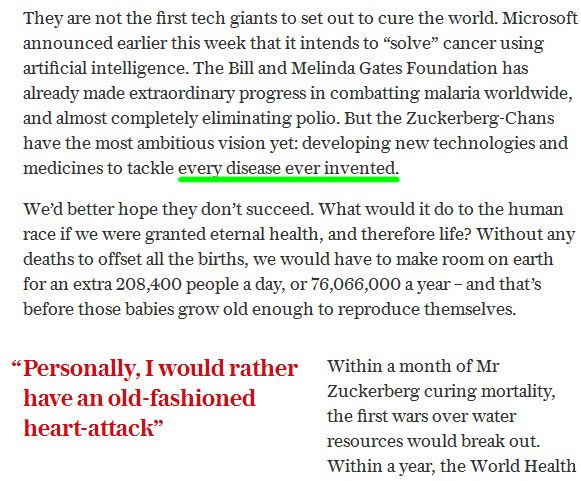Page 10538
Sep 26, 2016
Surprisingly simple scheme for self-assembling robots
Posted by Shane Hinshaw in category: robotics/AI

Small cubes with no exterior moving parts can propel themselves forward, jump on top of each other, and snap together to form arbitrary shapes. Watch Video
Larry Hardesty, MIT News Office October 4, 2013.
Sep 26, 2016
Graphene nanoribbons show promise for healing spinal injuries
Posted by Shane Hinshaw in categories: biotech/medical, nanotechnology, transportation
The combination of graphene nanoribbons made with a process developed at Rice University and a common polymer could someday be of critical importance to healing damaged spinal cords in people, according to Rice chemist James Tour.
The Tour lab has spent a decade working with graphene nanoribbons, starting with the discovery of a chemical process to “unzip” them from multiwalled carbon nanotubes, as revealed in a Nature paper in 2009. Since then, the researchers have used them to enhance materials for the likes of deicers for airplane wings, better batteries and less-permeable containers for natural gas storage.
Now their work to develop nanoribbons for medical applications has resulted in a material dubbed Texas-PEG that may help knit damaged or even severed spinal cords.
Sep 26, 2016
The microdoctors in our bodies
Posted by Shane Hinshaw in categories: biotech/medical, genetics, robotics/AI
ETH researchers are developing tiny, sophisticated technological and biological machines enabling non-invasive, selective therapies. Their creations include genetically modified cells that can be activated via brain waves, and swarms of microrobots that facilitate highly precise application of drugs.
Richard Fleischner, who directed the 1966 cult film Fantastic Voyage, would have been delighted with Bradley Nelson’s research: similar to the story in Fleischner’s film, Nelson wants to load tiny robots with drugs and manoeuvre them to the precise location in the human body where treatment is needed, for instance to the site of a cancer tumour. Alternatively, the tiny creatures could also be fitted with instruments, allowing operations to be performed without surgical intervention. The advantages compared with conventional treatments with drugs are clear: far more targeted therapy, and as a result, fewer side effects.
Sep 26, 2016
Closing in on high-temperature superconductivity
Posted by Shane Hinshaw in categories: energy, physics, transportation
Realistic hover cars coming to future near you.
The quest to know the mysterious recipe for high-temperature superconductivity, which could enable revolutionary advances in technologies that make or use electricity, just took a big leap forward thanks to new research by an international team of experimental and theoretical physicists.
The research paper appears in the journal Science on Sept. 16, 2016. The research is focused on revealing the mysterious ingredients required for high-temperature superconductivity — the ability of a material’s electrons to pair up and travel without friction at relatively high temperatures, enabling them to lose no energy — to be super efficient — while conducting electricity.
Continue reading “Closing in on high-temperature superconductivity” »
Sep 26, 2016
Science journalists are suing the FDA over alleged manipulation of the news
Posted by Shane Hinshaw in category: science
Ever wonder why we we don’t have gene therapy yet to the population?
This could get nasty.
Sep 26, 2016
The science world is freaking out over this 25-year-old’s answer to antibiotic resistance
Posted by Shane Hinshaw in categories: biotech/medical, health, science
A 25-year-old student has just come up with a way to fight drug-resistant superbugs without antibiotics.
The new approach has so far only been tested in the lab and on mice, but it could offer a potential solution to antibiotic resistance, which is now getting so bad that the United Nations recently declared it a “fundamental threat” to global health.
Antibiotic-resistant bacteria already kill around 700,000 people each year, but a recent study suggests that number could rise to around 10 million by 2050.
Sep 26, 2016
A sickeningly bad idea indeed
Posted by Steve Hill in categories: biotech/medical, health, life extension
A strong rebuttle to the sick article in the Telegraph which attempts to discredit Zuckerberg and Chan and their commitment to curing diseases.
Science and progress hardly ever stop just because a few cuckoos think we’re going too far. That’s what I tell myself most of the times when I bump into depressingly ill-informed articles about ageing and the diseases of old age. I tell myself that the best thing to do is to just let such articles disappear into oblivion and not give them any extra visibility. However, if instead of a few cuckoos we’re faced with an army of cuckoos, then we’re in for troubles.
At the time of this writing, people who are in favour of or oppose rejuvenation aren’t many, and neither are those who know about it but don’t care. Quite likely, most people in the world haven’t even heard about it yet. What I fear is that, when the advent of rejuvenation biotechnologies will be close, people who oppose rejuvenation will do their best to persuade undecided ones that disease is better than health, and ultimately, provoke an us-vs-them conflict that could jeopardise the cause of rejuvenation. The best way to avoid that conflict is to convince as many people as possible to support rejuvenation biotechnologies before they even arrive, so that when they do, those who oppose them will only be a few cuckoos indeed and not an army. Exposing the intellectual misery of deathist arguments is indubitably a good way of reaching this goal; that’s why I chose to respond to this spectacularly stupid article, instead of just ignoring it.
Sep 26, 2016
Michelle Simmons: a quantum queen
Posted by Karen Hurst in categories: computing, quantum physics
Quantum Goddess
Can the University of New South Wales researcher propel Australia first over the finish line in the race to build a reliable quantum computer? Elizabeth Finkel reports.

















